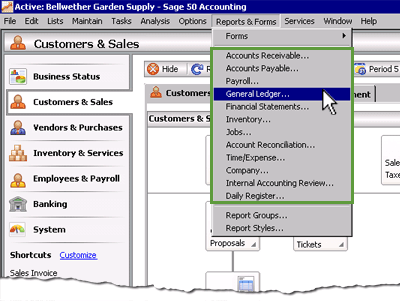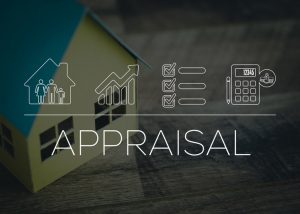Backstage & Influences

They clearly demonstrate changes and trends over a continuous period, whether it’s months, quarters, or years. They show trends over multiple years, making it easy to identify patterns and growth rates. The choice of graph depends on the data type, the information you want to convey, and the audience’s familiarity with the chart type.
How to make a chart or graph in Excel
Unlock the power of storytelling and transform your role in finance with our Business Partnering & Storytelling course. Learn how to make data speak and sganda expense selling influence strategic decisions that matter. Choropleth maps use color gradients to represent data values across geographical regions, such as countries or states. Sankey diagrams are flow diagrams that show the flow of data or resources between nodes, using the thickness of the connecting lines to represent the flow’s magnitude.
To make it easy for readers to locate specific accounts or to know what they’re looking at instantly, each COA typically contains identification codes, names, and brief descriptions for accounts. Learn how to handle your small business accounting and get the financial information you need to run your business successfully. She would then make an adjusting entry to move all of the plaster expenses she already had recorded in the “Lab Supplies” expenses account into the new “Plaster” expenses account.
What is the approximate value of your cash savings and other investments?
- The general rule for adding or removing accounts is to add accounts as they come in, but wait until the end of the year or quarter to remove any old accounts.
- Someone on our team will connect you with a financial professional in our network holding the correct designation and expertise.
- Since ActivReporter integrates with Excel, you have access to Excel’s easy-to-use chart tools.
- For example, if you rent, the money will move from your cash account to a rent expense account.
- But with so many types of visuals available, it can be difficult to know which is the best fit for your needs.
Those could then be broken down further into, e.g., current assets ( ) and current liabilities ( ). The number of figures used depends on the size and complexity of a company and its transactions. Network graphs display relationships between entities through nodes and edges. They’re ideal for visualizing connections in large datasets, such as relationships between companies, investors, or assets. They’re useful for displaying financial data with multiple levels, such as the breakdown of a company’s revenue by product category and subcategory. These techniques help reveal hidden patterns, trends, and relationships in the data, making it easier to make data-driven decisions.
How Finance Teams Are Building Beautiful Charts and Graphs in Excel
The total revenue line is plotted, running from $0 at zero sales volume to $150,000 at a sales volume of 6,000 units at $25 per unit. The units sold are plotted on the horizontal axis, while total revenue is shown on the vertical axis. If you need to show how different amounts compare to one another, you can use a scatterplot, wave payroll a bubble plot, a clustered column chart, or a radar chart (also known as a spider chart). These are good for comparing revenues or expenses for different departments, locations, and so on. A chart of accounts is a critical tool for tracking your business’s funds, especially as your company grows. Expense accounts are all of the money and resources you spend in the process of generating revenues, i.e. utilities, wages and rent.
A waterfall chart shows how positive and negative values contribute to a final total through cascading levels. A stacked bar chart segments the bars into colored sections to show how different components make up a whole. An area chart displays quantitative data similarly to a line chart, but the area below the line is colored to represent volume or magnitude. Our mission is to empower readers with the most factual and reliable financial information possible to help them make informed decisions for their individual needs.

When building charts or graphs in Excel, it’s important to present your data in the best format. Misleading scales, inappropriate graph types, and the omission of relevant data can distort the information being presented. It’s essential for the data to be accurate and the graph type to be appropriate for the data’s message.
For stock price movements, candlestick charts are popular, while for budgeting, bar or column charts might be preferred. The difficulty in creating choropleth maps lies in selecting the right color scheme and ensuring the data is accurately represented geographically. A line chart, one of the commonly used financial graphs, displays data as points connected by straight-line segments. A bar chart uses rectangular bars to represent different categories of data. QuickBooks Online automatically sets up a chart of accounts for you based on your business, with the option to customise it as needed.
Add an account statement column to your COA to record which statement you’ll be using for each account, like cash flow, balance sheet, how much do small businesses pay in taxes or income statement. For example, balance sheets are typically used for asset and liability accounts, while income statements are used for expense accounts. In this blog, we share our top tips on how to build beautiful financial charts and graphs in Excel, with an insight on how finance teams are currently creating professional graphs and charts today. Most new owners start with one or two broad categories, like sales and services, it may make sense to create seperate line items in your chart of accounts for different types of income.
Next Post : Mostbet TR
-
Search